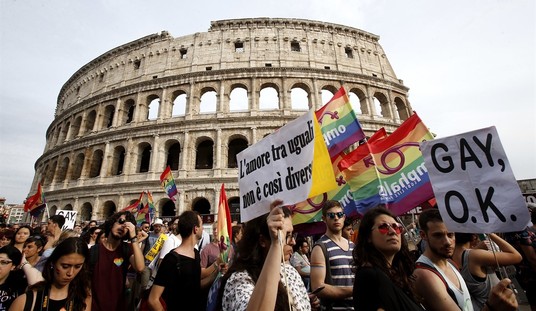For watchers of the Supreme Court, Thursday’s much anticipated ruling in The American Legion, et al. v. American Humanist Association, et al. struck a very important balance in what has come to be known as the separation of church and state. For watchers of national hysteria and hyper-sensitivity, the Court’s decision signaled a shift away from lower courts’ and left leaning organizations’ overly aggressive judicial crusades against a misperceived religious state, and, more importantly, an overt attempt to enable a government to advocate for personal feelings.
At issue in what has come to be known as the Bladensburg Peace Cross case, is a 100-year-old, 40-foot-tall, Latin styled cross erected to honor 49 servicemen who did not return from World War I. Originally built with private funds, on private land. The land has since become public land, and therein lies the perceived problem. Does allowing the cross to stand on public land constitute a Constitutional violation? ‘No’, the Supreme Court has ruled in a 7-2 decision. And what does 7-2 mean? It means it was a bipartisan decision.
To be clear, the Constitution, and by extension the Bill of Rights, never uses the phrase ‘separation of church and state’. In fact, the First Amendment clearly states, “Congress shall make no law respecting an establishment of religion, or prohibiting the free exercise thereof…”.
Atheists, those making up the majority of the group opposing the Bladensburg cross, believe there is no God. Their belief in the non-existence of any God is their fundamental belief on creation, determinism, and ultimate mortality. Atheism is their religion. Therefore, their opposition to the Peace Cross is in fact paradoxical. They are asking government to refuse a perceived religious symbol, thus supporting their religion. At the same time, they are asking the government to remove a perceived religious symbol, thus prohibiting the free exercise thereof. Hypocrisy by definition.
Recommended
Still, there is an underlying issue to this whole controversy. It is an attempt by many actors on the left to use the means of government to regulate feelings. Feelings they themselves do not reciprocate. Countless ‘works of art’ have been funded, with, in part, government funds. Displayed in public places, artistic works that were wholly critical of, and in many cases, downright insulting to, religion(s) and those who support them.
Remember, the Bladensburg cross was not publicly funded. The cross was not constructed on public land. Only decades after its erection was the land, for mutual benefit, transferred to public property. Congress, through funding and donation of land, made no law respecting the establishment of religion. But now, atheist opponents want government action to prohibit the free exercise thereof.
When atheists create hurtful works of art with grants from the NEA and displayed in public spaces, do they view that as government respecting the establishment of religion? Would they view government attempts to prevent such ‘art’ to be prohibiting the free exercise thereof?
Justice Alito piously observed, while quoting Justice Breyer, “It has become a prominent community landmark, and its removal or radical alteration at this date would be seen by many not as a neutral act but as the manifestation of ‘a hostility toward religion that has no place in our Establishment Clause traditions”. To this end, the Court, by ordering the removal of the Bladensburg cross would not be effectuating any constitutional mandate but would be catering to the feelings of one group over another.
Taking the feelings of one group over another is not the mandate of the Supreme Court. In fact, it is not the mandate of government at all. Thursday’s ruling should have further reaching implications than a World War I memorial. It should serve as a guidepost for all branches of government, and its citizens. Government exists for the common good, your family and friends exist to cater to your feelings.

























Join the conversation as a VIP Member